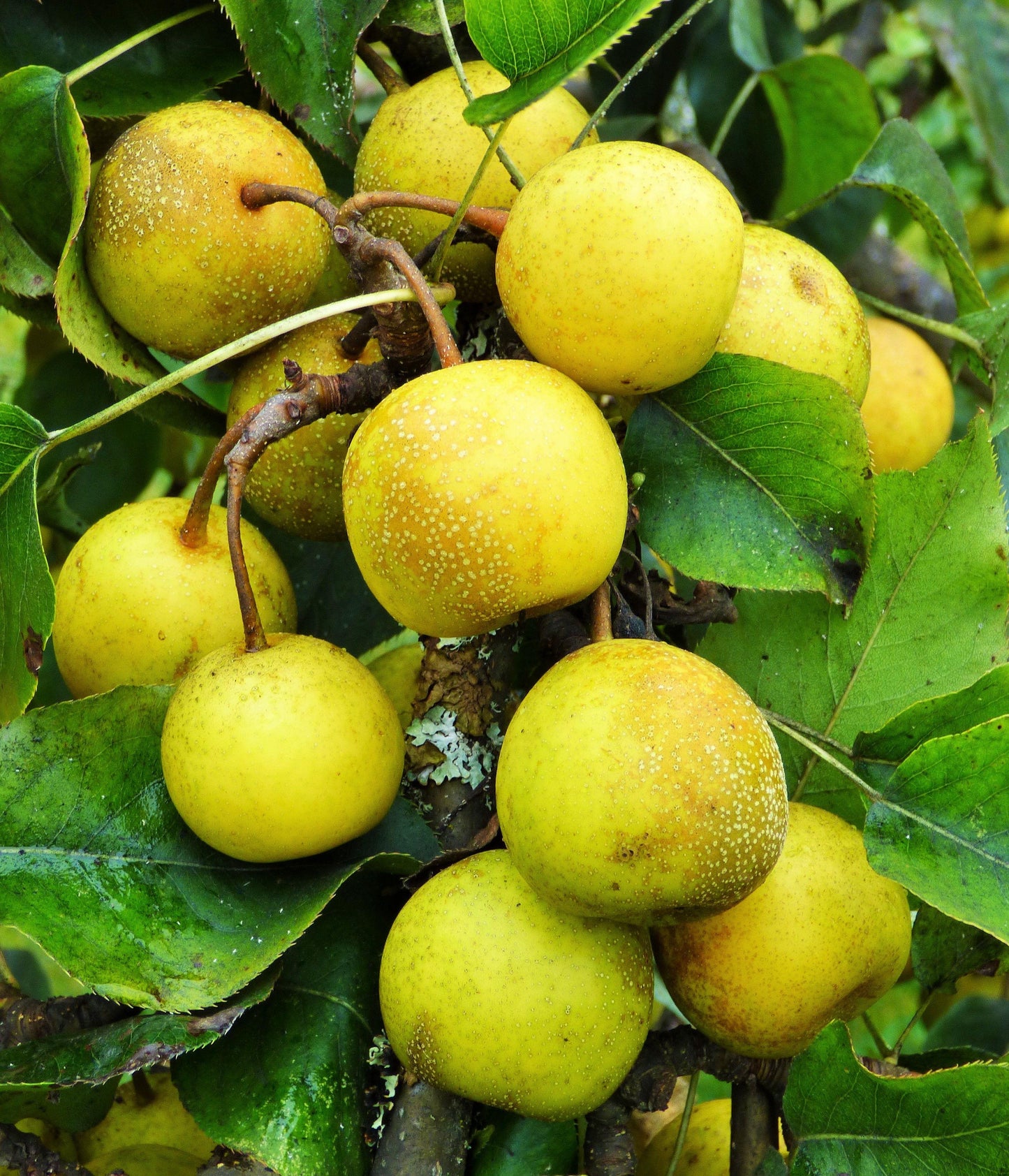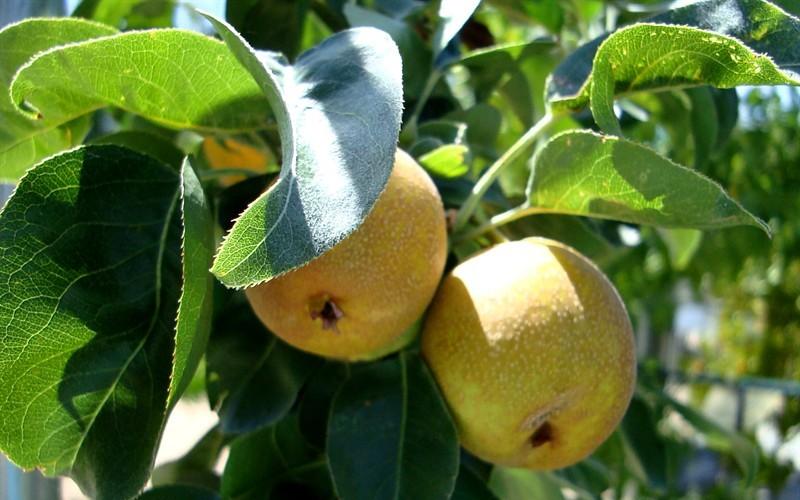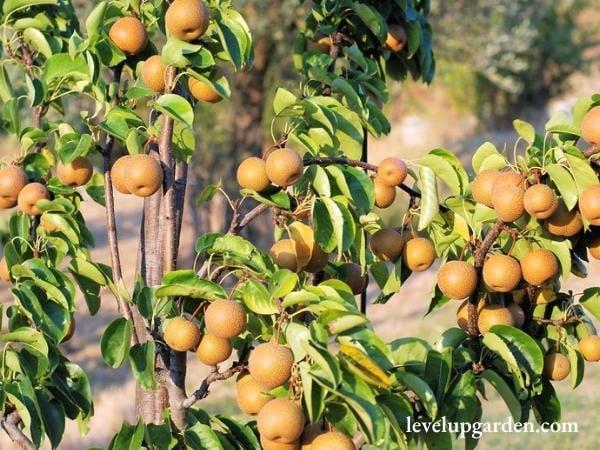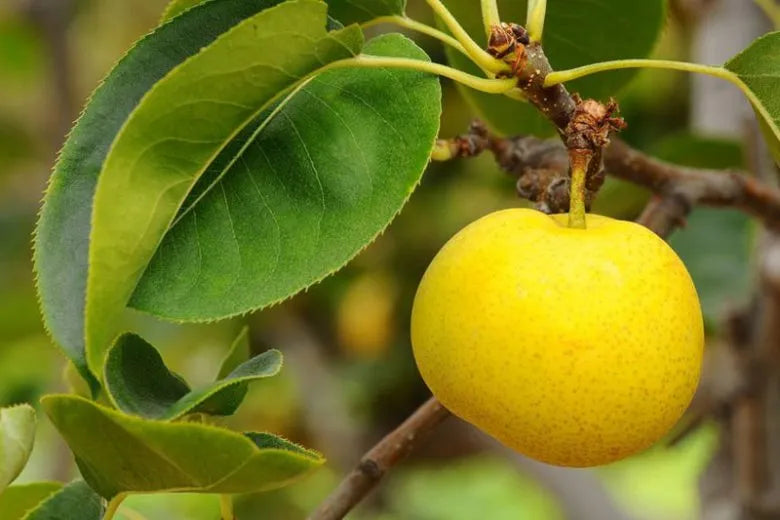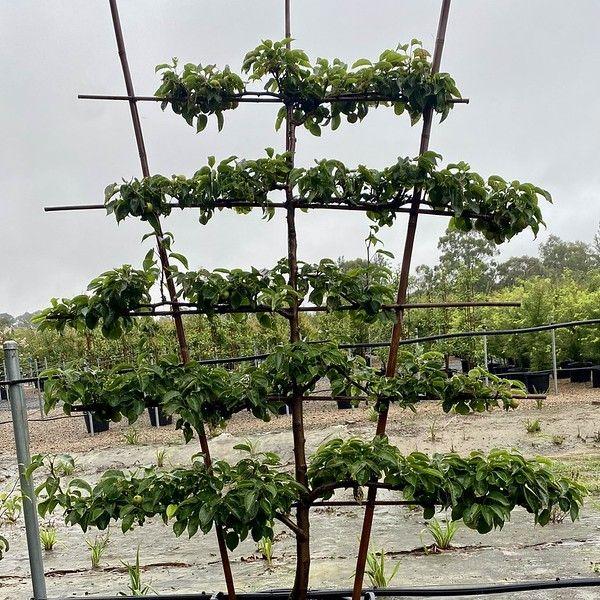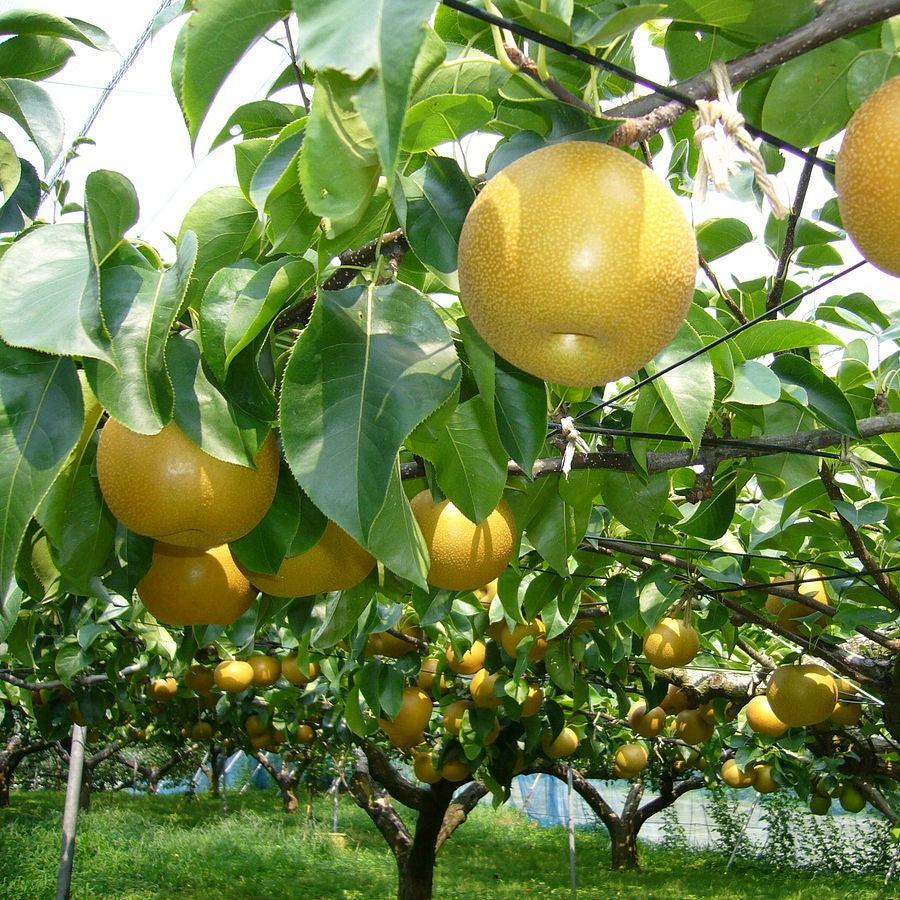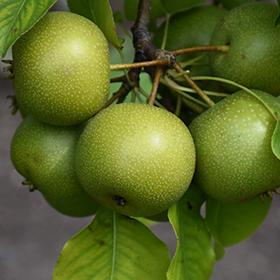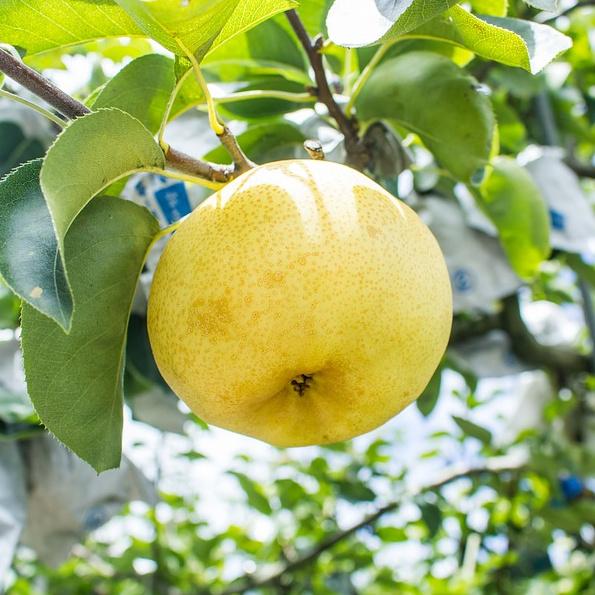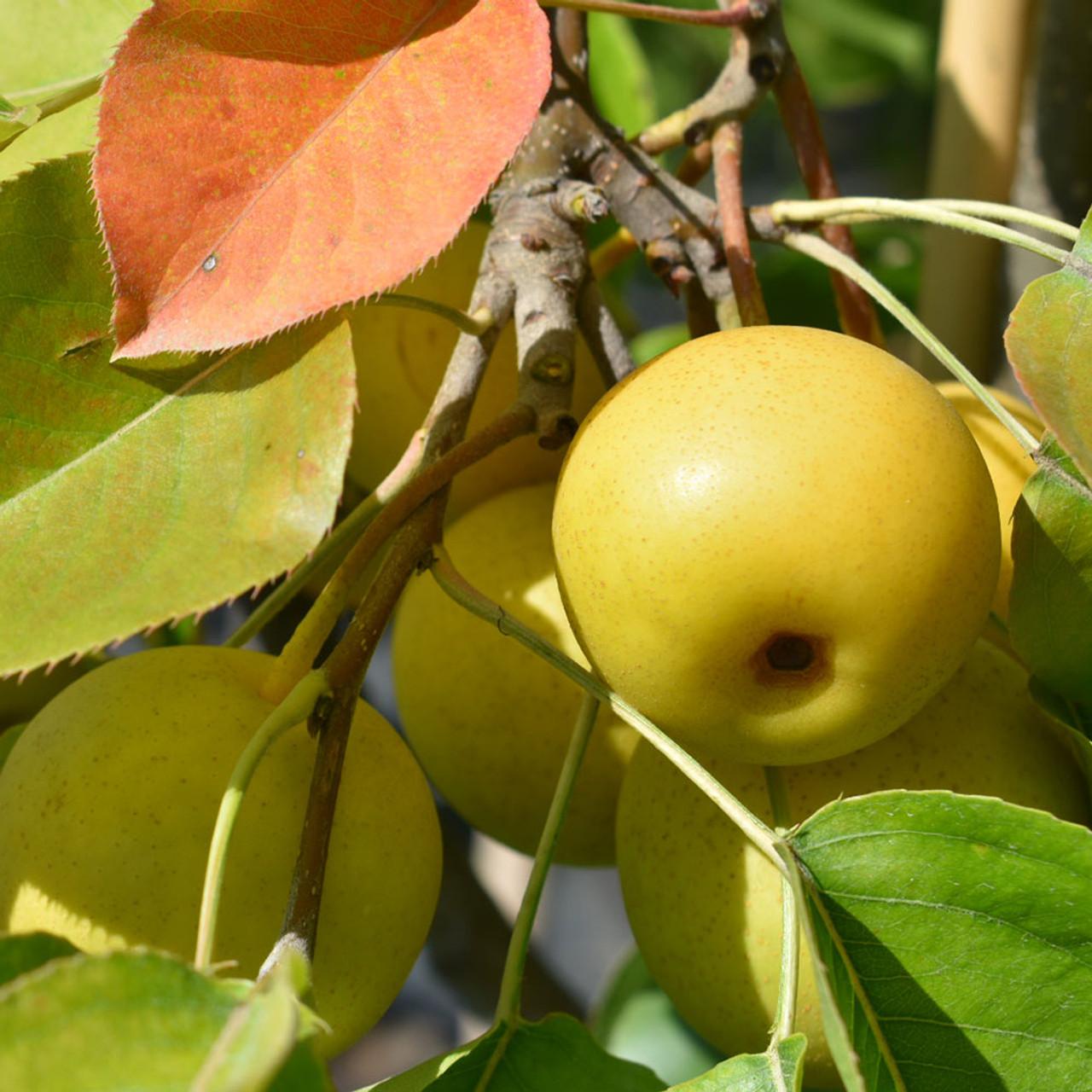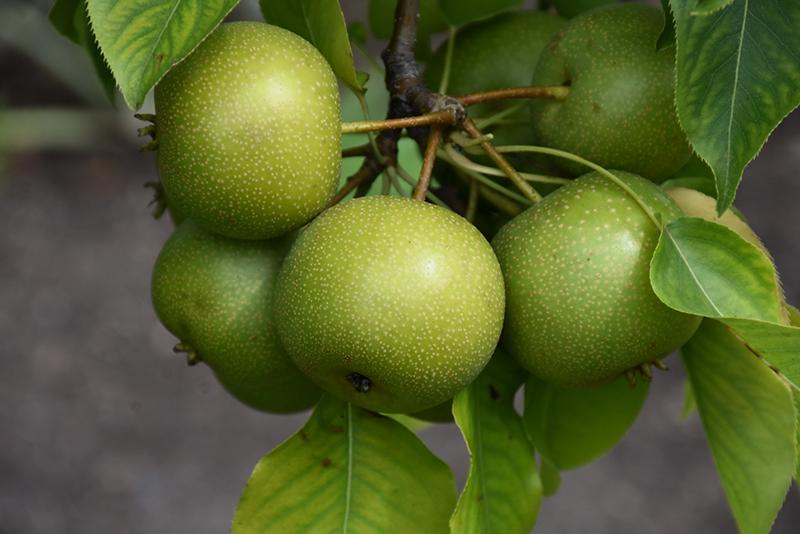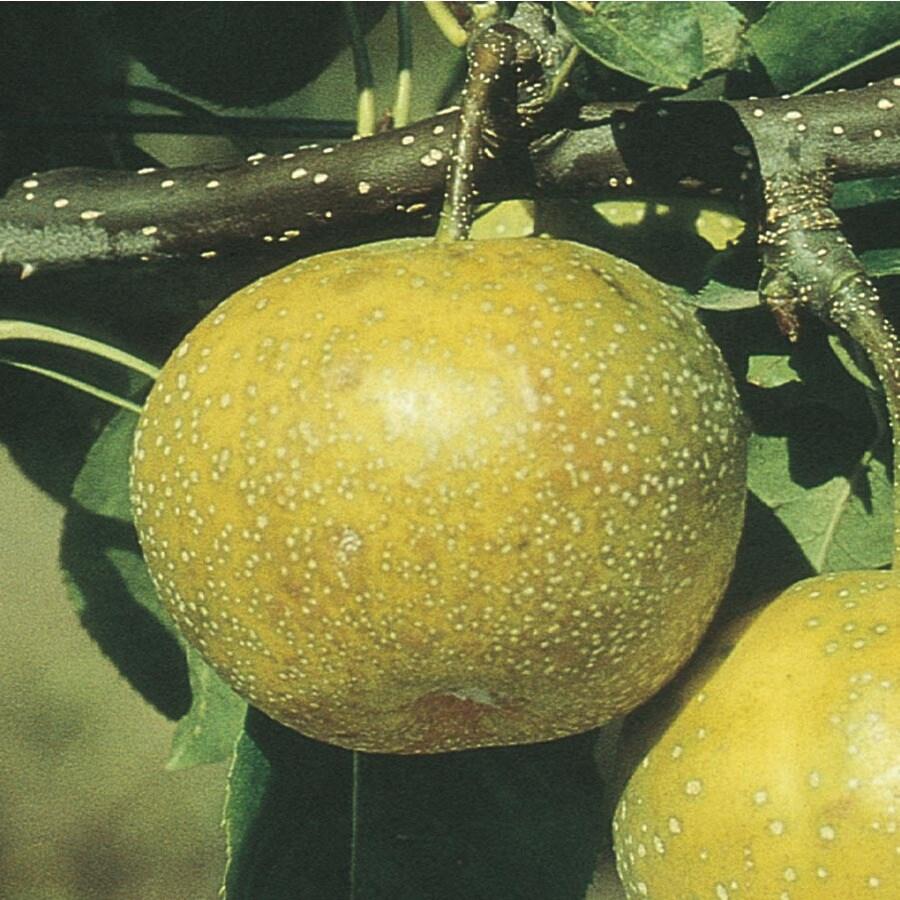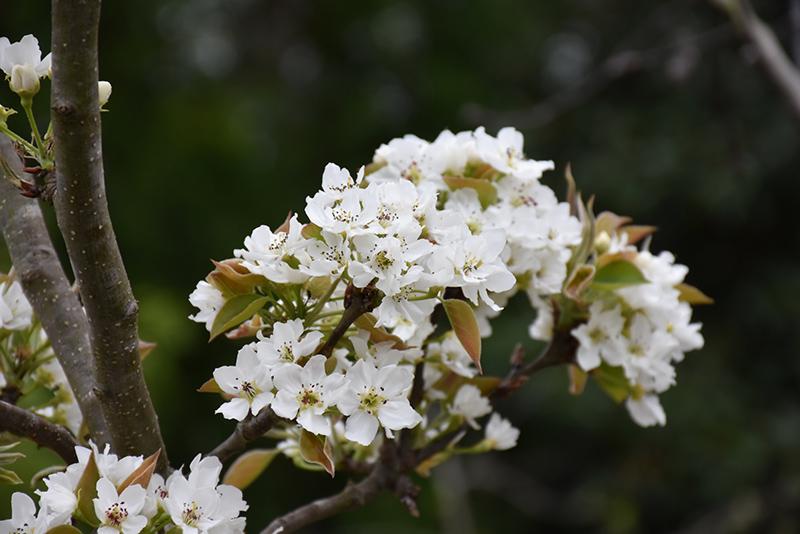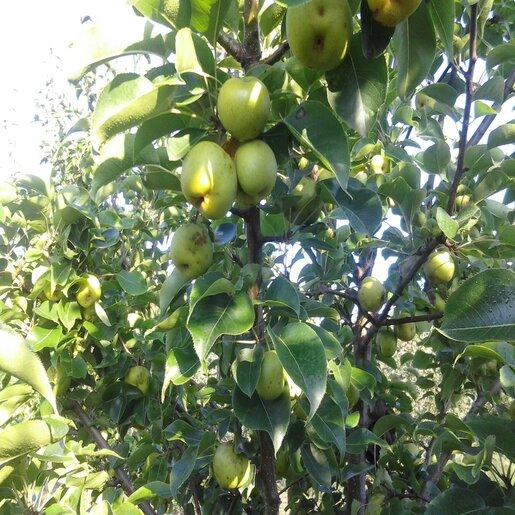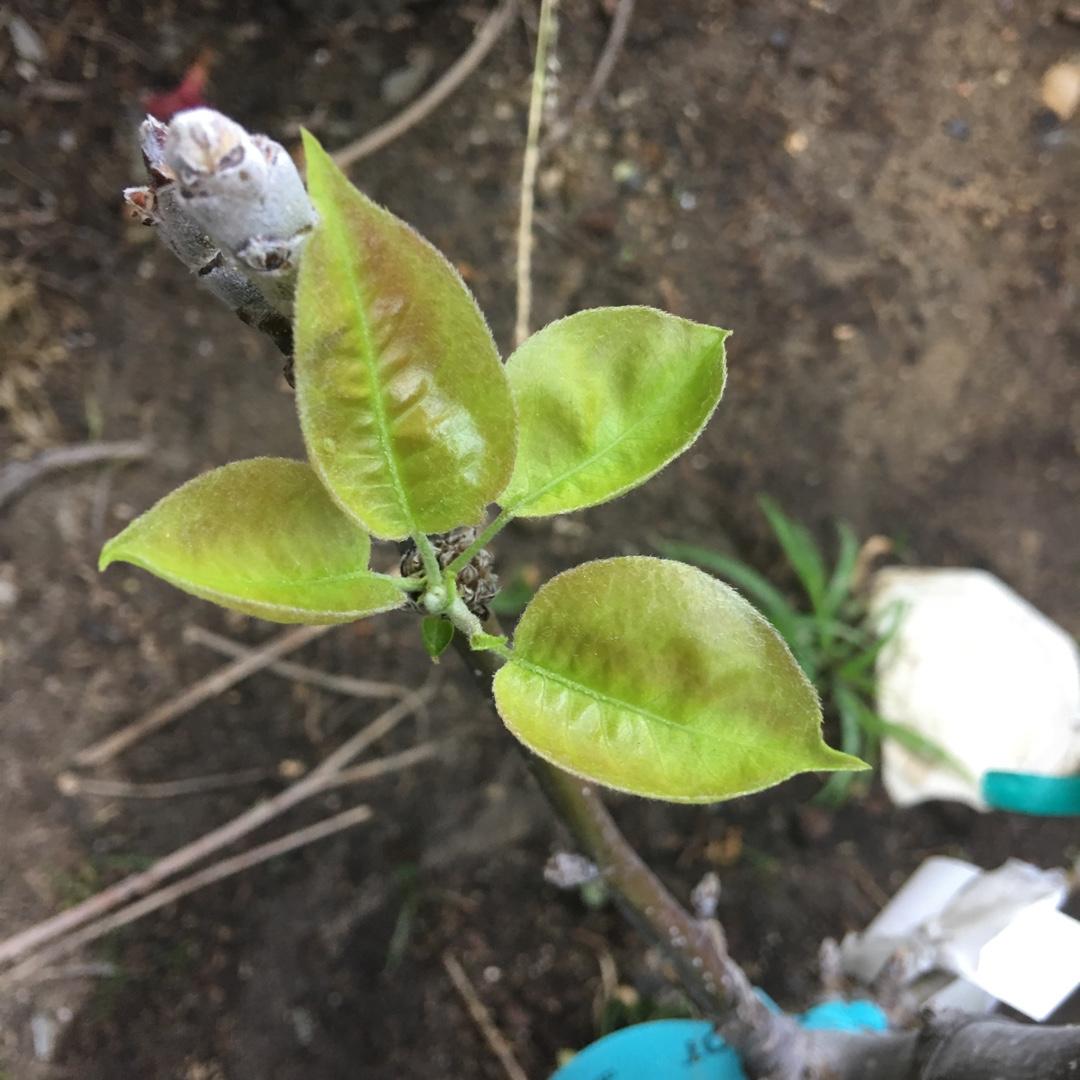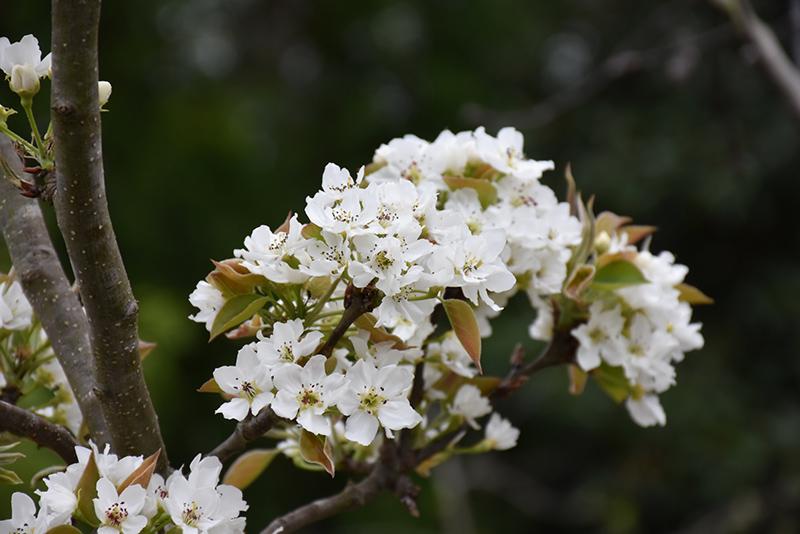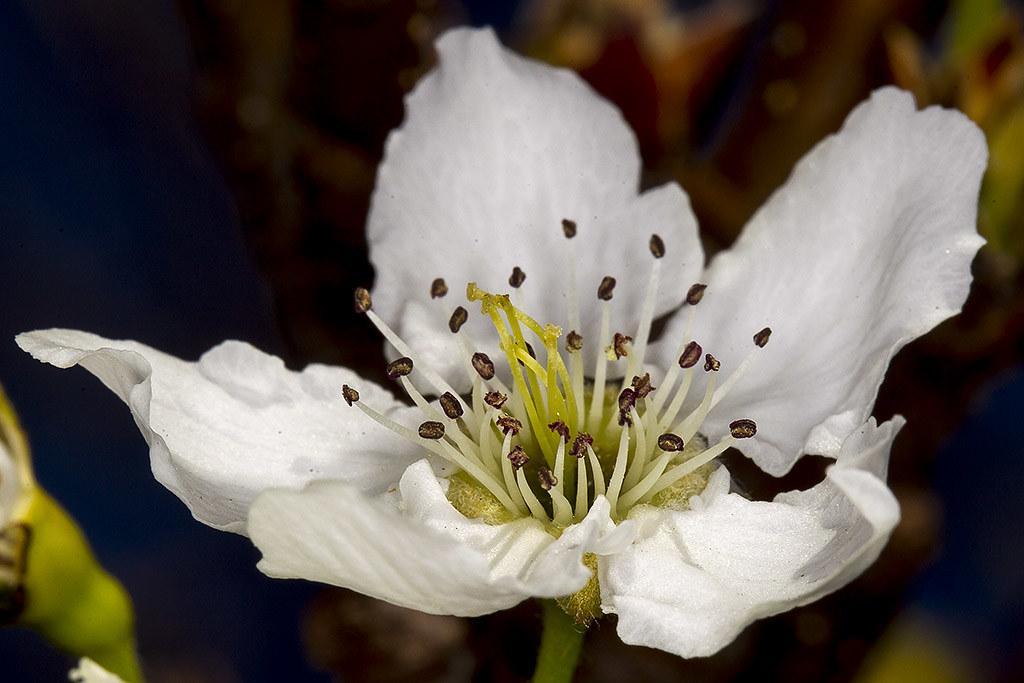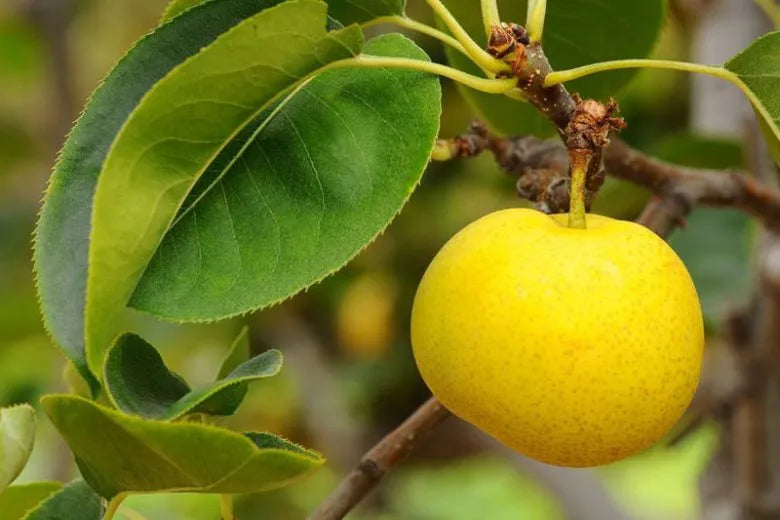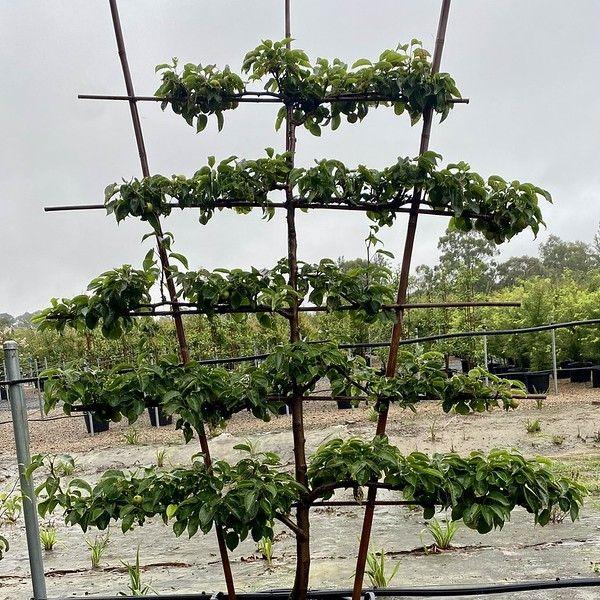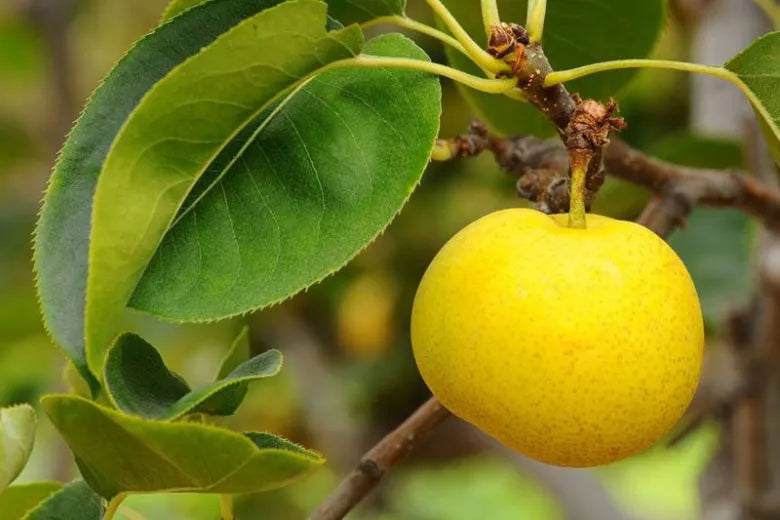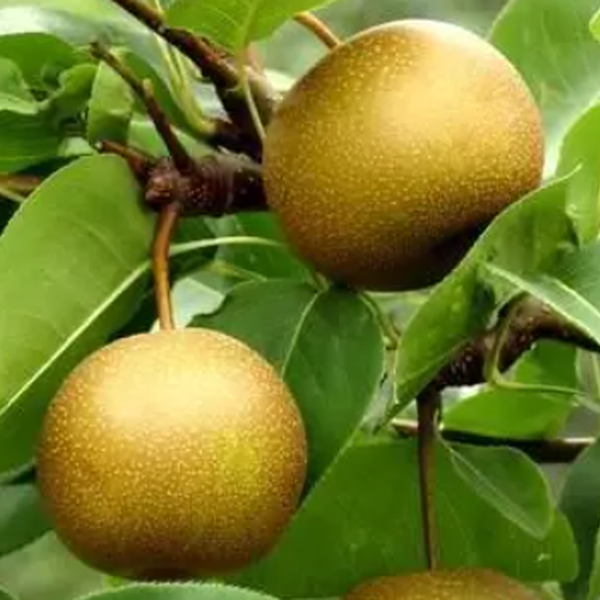1
/
of
23
Pyrus pyrifolia '20th Century' Espalier-Compact fruit tree for small spaces 20 Gallon
Pyrus pyrifolia '20th Century' Espalier-Compact fruit tree for small spaces 20 Gallon
Regular price
$1,420.00 USD
Regular price
$1,846.00 USD
Sale price
$1,420.00 USD
Unit price
/
per
Shipping calculated at checkout.
SKU:nxxx2495-redcrocus
Couldn't load pickup availability
Pyrus pyrifolia '20th Century' Espalier
Description
The Pyrus pyrifolia '20th Century' Espalier, commonly known as the '20th Century' Asian Pear, is a unique cultivar prized for its crisp, juicy fruit and ornamental value. This espaliered form is perfect for small spaces, offering both aesthetic appeal and delicious fruit in a compact form.
Suggested Uses
Ideal for small gardens, urban spaces, and as a decorative fruit-bearing feature against walls or fences. It can also be used in container gardening for patios and balconies.
Plant Details
-
 Botanical Name: Pyrus pyrifolia '20th Century' Espalier
Botanical Name: Pyrus pyrifolia '20th Century' Espalier -
 Common Name: '20th Century' Asian Pear, Oriental Pear
Common Name: '20th Century' Asian Pear, Oriental Pear -
 Size & Growth: Typically grows 10-15 feet tall and wide when espaliered
Size & Growth: Typically grows 10-15 feet tall and wide when espaliered -
 Hardiness Zones: 5-9
Hardiness Zones: 5-9 -
 Foliage Type: Deciduous
Foliage Type: Deciduous -
 Bloom Time: Spring
Bloom Time: Spring -
 Growth Rate: Moderate
Growth Rate: Moderate -
 Light Requirements: Full sun
Light Requirements: Full sun -
 Attracts Pollinators: Yes, attracts bees
Attracts Pollinators: Yes, attracts bees -
 Indoor Friendly: No
Indoor Friendly: No -
 Container Friendly: Yes
Container Friendly: Yes -
 Deer Resistant: No
Deer Resistant: No -
 Pet Warning: Non-toxic
Pet Warning: Non-toxic -
 Fragrant: Yes, fragrant blossoms
Fragrant: Yes, fragrant blossoms -
 Cut Flower: No
Cut Flower: No -
 Grows Well With: Other fruit trees, especially apples and pears
Grows Well With: Other fruit trees, especially apples and pears
Care Tips
-
 Planting Instructions: Plant in well-drained soil with good sun exposure
Planting Instructions: Plant in well-drained soil with good sun exposure -
 Soil Moisture: Keep soil consistently moist, but not waterlogged
Soil Moisture: Keep soil consistently moist, but not waterlogged -
 Soil Type: Prefers loamy, well-drained soil
Soil Type: Prefers loamy, well-drained soil -
 Humidity: Tolerates average humidity
Humidity: Tolerates average humidity -
 Pruning Instructions: Prune in late winter to maintain shape and remove dead wood
Pruning Instructions: Prune in late winter to maintain shape and remove dead wood -
 Winter Care: Protect from harsh winds; mulch to protect roots
Winter Care: Protect from harsh winds; mulch to protect roots -
 Planting Depth: Plant at the same depth as in the nursery pot
Planting Depth: Plant at the same depth as in the nursery pot -
 Fertilization: Fertilize in early spring with a balanced fertilizer
Fertilization: Fertilize in early spring with a balanced fertilizer -
 Special Care: Regularly check for pests and diseases; thin fruit if necessary to prevent branch breakage
Special Care: Regularly check for pests and diseases; thin fruit if necessary to prevent branch breakage
Share
